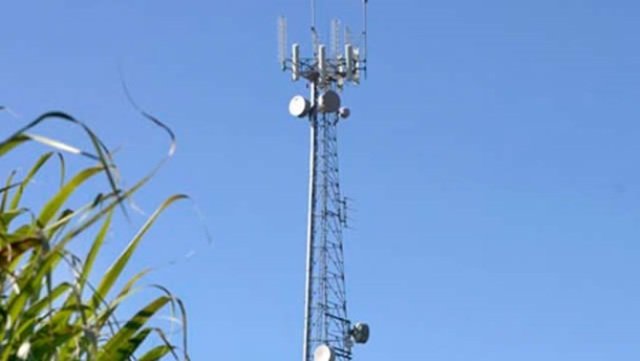Proceeds from spectrum auction are likely to top no more than $12 billion, falling way short of the government’s target, as few companies have the money to justify the costs involved with varying demand for bands on offer, says a HSBC Global Research report.
“The government plans to raise $83 billion from the spectrum auctions, implying 2.8 times of present sector revenues from a sector with an average net/debt earnings before interest, taxes, and amortization ratio of four times,” the report said.
“Our initial analysis suggests that total proceeds from spectrum auctions are unlikely to exceed $10-12 billion and we believe a lot of spectrum might remain unsold in 700, 2,300, 2,500 MHz bands. We see good demand for 1,800 MHz, selective demand for 2,100 and 700 MHz,” it added.
The cabinet has cleared the base price for the country’s largest spectrum auction to date, at the approved reserve price last week.
More than 2,300 MHz of airwaves will be on the block for telecom operators in seven bands — 700 MHz, 800 MHz, 900 MHz, 1,800 MHz, 2,100 MHz, 2,300 MHz and 2,500 MHz. Based on their pan-India reserve price, the mop-up can be as much as $83 billion against $17 billion the last time.
The previous round had seen 470.75 MHz on the block.
The telecom watchdog had recommended a pan-India reserve price of Rs 2,873 crore for 1,800 MHz, Rs 3,341 crore for 900 MHz, Rs 5,819 crore for 800 MHz, Rs 3,746 crore for 2,100 MHz, Rs 11,485 crore for 700 MHz, and Rs 817 crore each for 2,300 MHz and 2,500 MHz bands.
The government has approved the proposal for spectrum auctions; however, a final decision on the spectrum usage charge (SUC) has not been taken.
“The government will be asking the Telecom Regulatory Authority of India (TRAI) to provide a recommendation on the spectrum usage charge and the overall process could take couple of months in our view and may delay the timing of the auctions to October,” the report stated.
The report stated that 700 MHz will be a decisive band.
“Around 70 per cent of the planned receipts from auctions are driven by take up in the 700 MHz spectrum band. Except for 4G entrants, none of the existing incumbents have the balance sheet to bid for pan-India 700 MHz spectrum at current prices, in our view.
“If 4G entrants end up buying pan-India 700 MHz in the upcoming auctions, we believe it will ultimately rule out the possibility of any downward revision to 700Mz pricing and limit options for incumbent telcos to have access to any sub 1Ghz data spectrum in the near to medium term,” it said.
It said 700 MHz spectrum in high subscriber density and large coverage markets like Bihar, Uttar Pradesh, Rajasthan and West Bengal is cheaper than 900 MHz and incumbent telecom companies have the option to add 700 MHz spectrum selectively.
“In other words, adding 700 MHz at current prices may not help 4G entrants to limit competition in the data market. Further ecosystem for 700 MHz band from an Indian context could be at least 3-4 years away. To sum up we see limited and selective demand for spectrum in 700 MHz band,” the report added.
IANS

